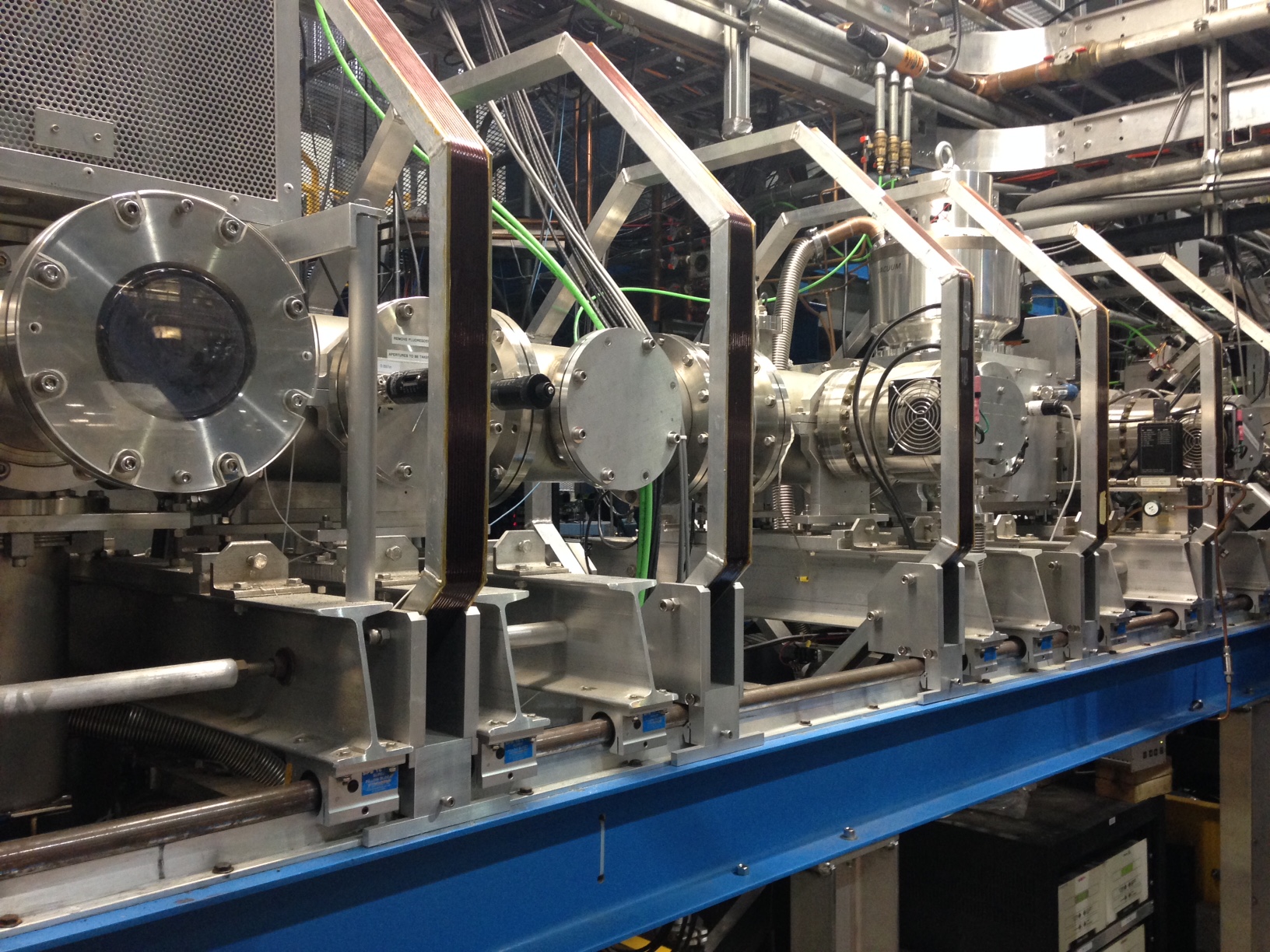The world of particle physics is adorned with an array of monumental institutions, each contributing uniquely to our understanding of the universe. Among these, CERN and TRIUMF stand out as prominent research facilities. But what truly delineates the two? Are they mere counterparts in the grand theater of physics, or do their differences present a playful challenge to our understanding? Let us embark on a comparative exploration.
At first glance, CERN, the European Organization for Nuclear Research, and TRIUMF, the Tri-University Meson Facility located in Canada, may seem bound by a common goal—the quest to unravel the fundamental constituents of matter. However, a deeper examination reveals that these institutions possess distinctive characteristics that shape their research orientations and overarching contributions to the field of particle physics.
One of the primary distinguishing features between CERN and TRIUMF lies in their scale and international collaboration. CERN, situated near Geneva, Switzerland, is renowned for its expansive facilities, including the Large Hadron Collider (LHC), the world’s most powerful particle accelerator. It embodies a collation of nations, with over 23 member states collaborating to support more than 12,000 scientists and engineers from around the globe. Such international cooperation is a hallmark of CERN’s philosophy—a vibrant tapestry where diverse intellectual threads converge to probe the mysteries of fundamental physics.
In contrast, TRIUMF, which integrates the efforts of three Canadian universities—University of British Columbia, Simon Fraser University, and the University of Victoria—exhibits a distinctly national character. Although its research initiatives are bolstered by various global partnerships, TRIUMF primarily serves as a national laboratory, conducting research that is often more topical and applied than CERN’s more theoretical aspirations. This localized framework allows TRIUMF to focus on areas such as nuclear physics, isotopes for medical purposes, and material science, thus carving out a niche that complements CERN’s investigations.
The objectives pursued by these institutions further illuminate their distinctions. CERN’s ambitions predominantly orbit around high-energy physics, exploring phenomena like the Higgs boson, dark matter, and the fundamental forces of nature. The LHC, an engineering marvel, accelerates protons to near the speed of light before colliding them, enabling the examination of particles and forces at unprecedented energy levels. Invariably, such pursuits place CERN at the heart of theoretical particle physics, challenging existing paradigms and inspiring new frameworks of understanding.
Conversely, TRIUMF has harnessed its cyclotron facility to advance nuclear physics and explore applications that extend to societal benefits. Its research in nuclear medicine, for instance, highlights its commitment to applicable scientific inquiry. TRIUMF produces radioisotopes that serve crucial roles in diagnostic imaging and cancer treatment, seamlessly bridging the gap between high-energy physics and translational applications. Thus, while CERN oscillates between existential questions of the universe, TRIUMF grounds itself in immediate societal needs.
Moreover, the technologies utilized by these institutions exhibit divergent trajectories. CERN’s LHC employs cutting-edge technology that pushes the boundaries of particle acceleration and detection. The intricate tapestry of detectors, electronics, and supercooled magnets catalogues an awe-inspiring level of innovation. Each breakthrough in technology spurs new inquiries, creating a feedback loop between innovation and discovery. Additionally, CERN’s infrastructure supports extensive data analysis and dissemination, sharing results with the global scientific community, which further stimulates collaborative advancements.
On the other hand, TRIUMF is celebrated for its innovations in accelerator technology that have practical ramifications. Its low-energy cyclotron allows researchers to explore particle behavior in a controlled environment, functioning as a superb tool for fundamental and applied research alike. Such configurations not only advance scientific inquiry but also engender developments relevant to medicine and industry. This dual focus on fundamental research and direct societal application challenges established paradigms about the utility of scientific exploration.
The cultural philosophies steering each institution also merit discussion. CERN is imbued with a spirit of curiosity and inquiry, driven by a quest for a unifying theory of physics. Its findings often evoke philosophical reflections that transcend scientific boundaries, compelling questions about existence, the nature of reality, and the very fabric of the cosmos. TRIUMF, alternatively, embodies pragmatic research, emphasizing collaboration with medical and industrial sectors. This requires a conscious engagement with stakeholders beyond the scientific community, thereby enhancing its impact on daily life.
However, the playful challenge arises when we consider the implications of their differences in a modern context. As the global scientific landscape evolves, how might these contrasting approaches to research affect future collaboration? Is it possible that the boundaries between fundamental and applied research will blur, leading to a more integrated approach to understanding and addressing global challenges? Can the playful interplay between high-energy physics and its practical applications foster a renewed culture of inquiry that transcends traditional disciplines?
Ultimately, CERN and TRIUMF, while divergent in their focus, both play indispensable roles in the exploration of our universe. CERN continues to push the limits of our understanding of fundamental interactions, while TRIUMF champions the application of nuclear physics to serve societal needs. Their differences invite us to ponder the larger narrative of scientific inquiry: Are we to pursue knowledge for its own sake, or should it be wedded to the pressing imperatives of the age? In contemplating this challenge, we may find that both pursuits are not just complementary but essential in forging a holistic understanding of the world around us.












